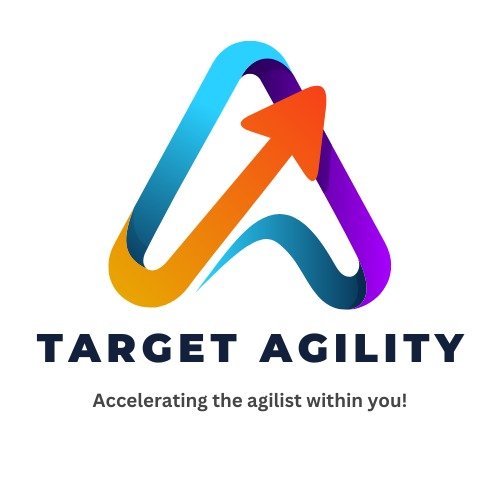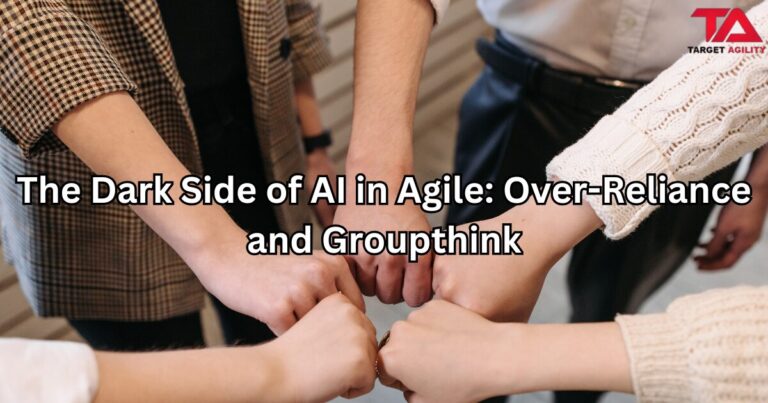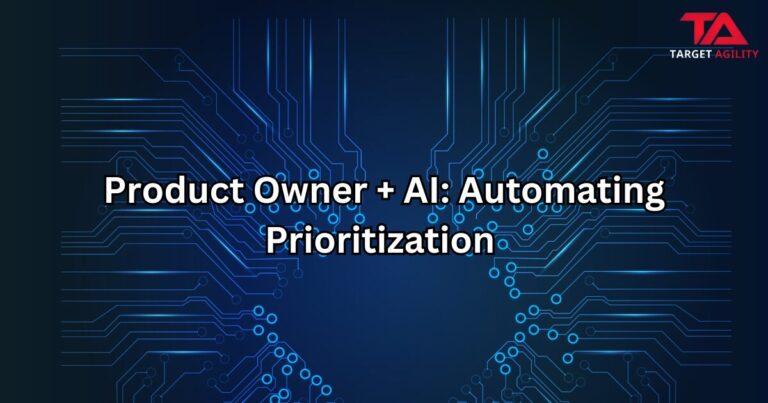AI is now everywhere in Agile. It helps with sprint planning, retros, backlog grooming, and even daily stand-ups. Teams like it because it saves time and feels efficient. But here’s the danger: leaning too much on AI can quietly destroy what makes Agile work.
The issue isn’t the technology—it’s how teams use it. Instead of supporting collaboration, AI can make people dependent and push everyone to think the same way. The two biggest risks are over-reliance and groupthink.
Over-Reliance: Depending Too Much on AI

AI is great at spotting patterns, crunching numbers, and making suggestions. But many teams in 2025 are treating its output as unquestionable.
- Sprint Planning: The AI says “this is your velocity,” and nobody argues—even if morale is low or tech debt is high.
- Retrospectives: The AI shows the “top issues,” but smaller personal concerns get ignored.
- Backlog Refinement: The AI creates user stories, and the team accepts them without asking if they really fit customer needs.
The problem? People stop thinking critically. Instead of inspecting and adapting, teams just accept whatever the tool says. That’s not Agile—it’s autopilot.
Groupthink: When Everyone Follows the Tool
Agile works best when people bring different opinions and debate ideas. But AI often pushes everyone in the same direction.
- AI highlights 3 “key priorities,” so the team ignores everything else.
- AI flags one recurring blocker, and suddenly it’s the only thing that matters.
- AI drafts sprint goals, and the team just accepts them because “the system must know best.”
This is groupthink—when people stop questioning because they think the answer is already obvious. But real Agile needs disagreement, different angles, and open conversations. If AI becomes the loudest voice, teams lose that.
The Hidden Cost
The biggest cost of overusing AI is team disengagement. When people feel decisions are already made by a machine, they stop caring. Over time:
- The team feels less ownership of outcomes.
- Creativity shrinks.
- Issues go unnoticed because no one challenges the AI.
That’s not Agile—it’s just automation pretending to be Agile.
How to Use AI Without Losing Agile
AI can be useful, but it should stay in a support role, not take charge. Here’s how to keep it in check:
- See AI outputs as drafts. Question and adapt everything it suggests.
- Ask what’s missing. AI shows patterns, but it never sees the full picture.
- Add human context. Data can’t measure morale, motivation, or trust—only people can.
- Keep real conversations. Don’t let AI summaries replace open discussions.
- Scrum Masters keep teams sharp. Remind everyone: tools support Agile, but people are Agile.
Final Word
AI can make Agile faster and smarter, but it also has a dark side. Over-reliance makes teams passive. Groupthink kills creativity. If you don’t guard against it, you’ll lose the collaboration and ownership that Agile depends on.
The future isn’t AI replacing Agile—it’s AI helping Agile. Use it for grunt work and insights, but don’t let it take over decision-making.
Because once your team stops thinking for themselves, you’re not Agile anymore—you’re just following a bot.











